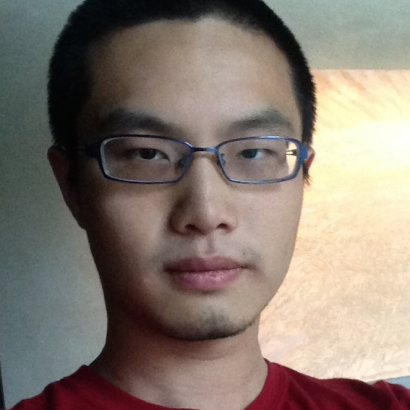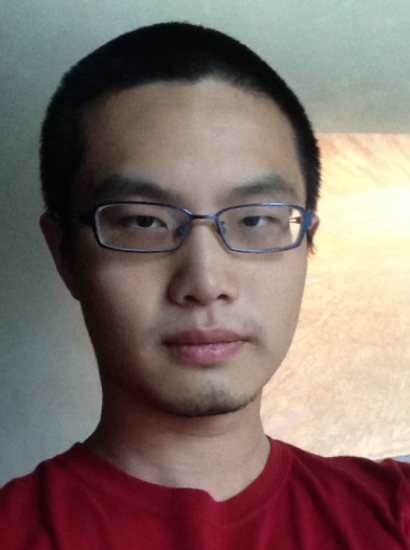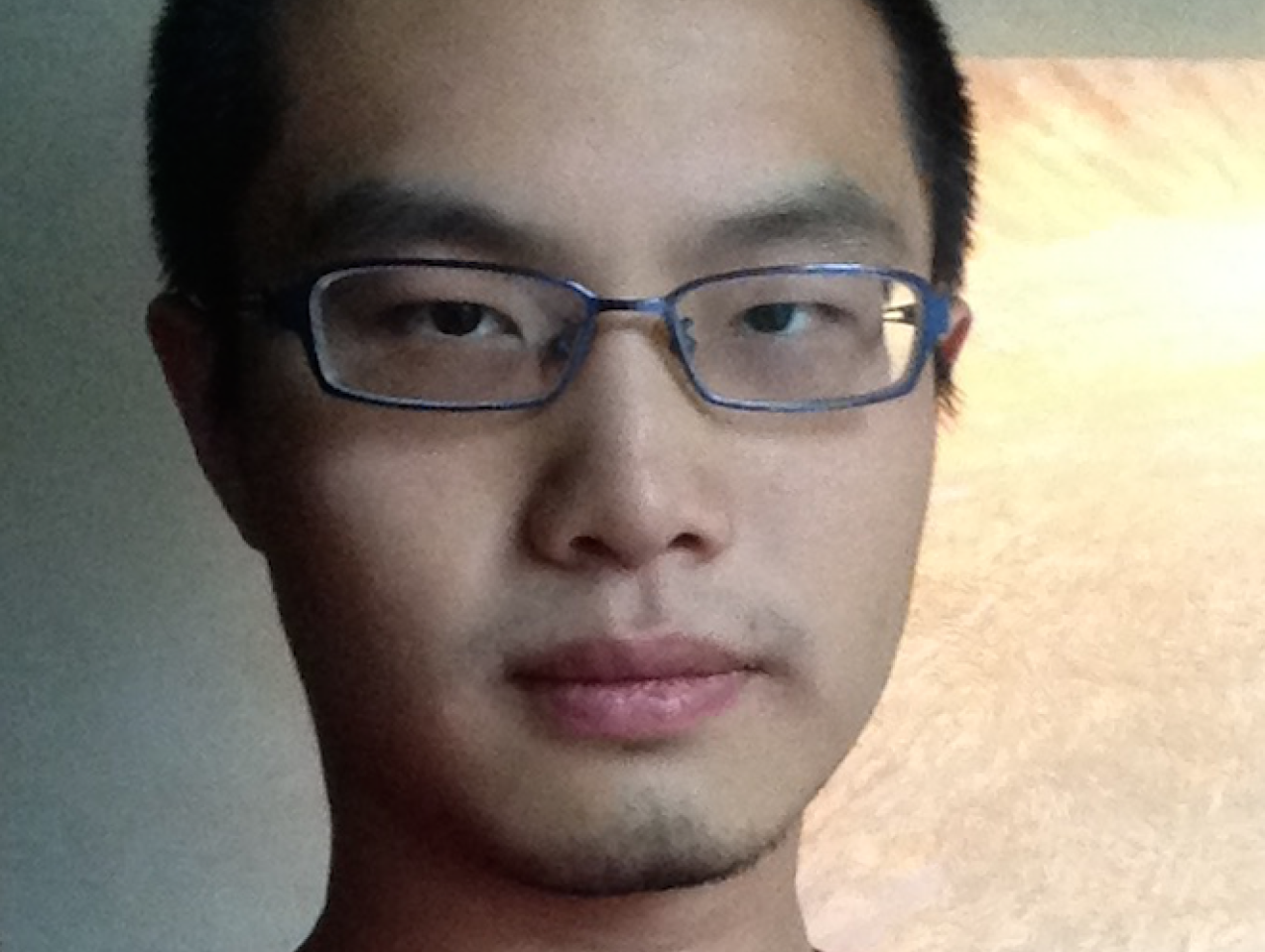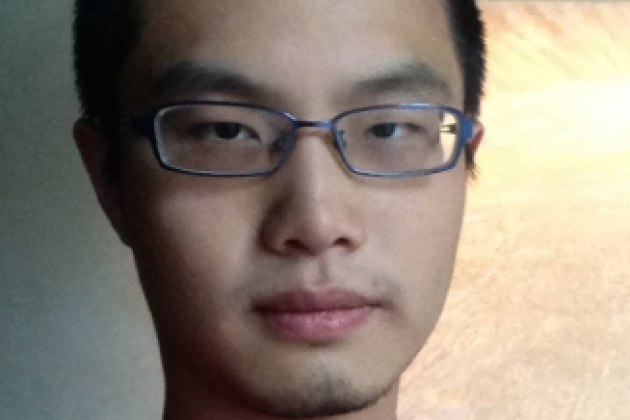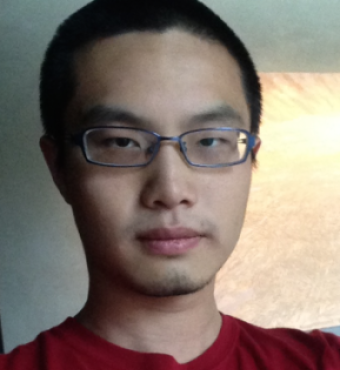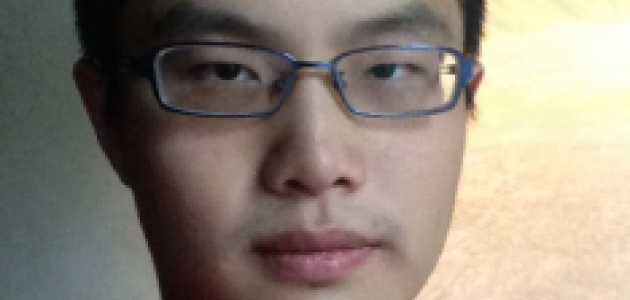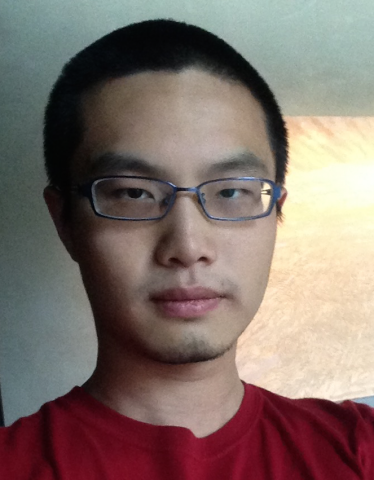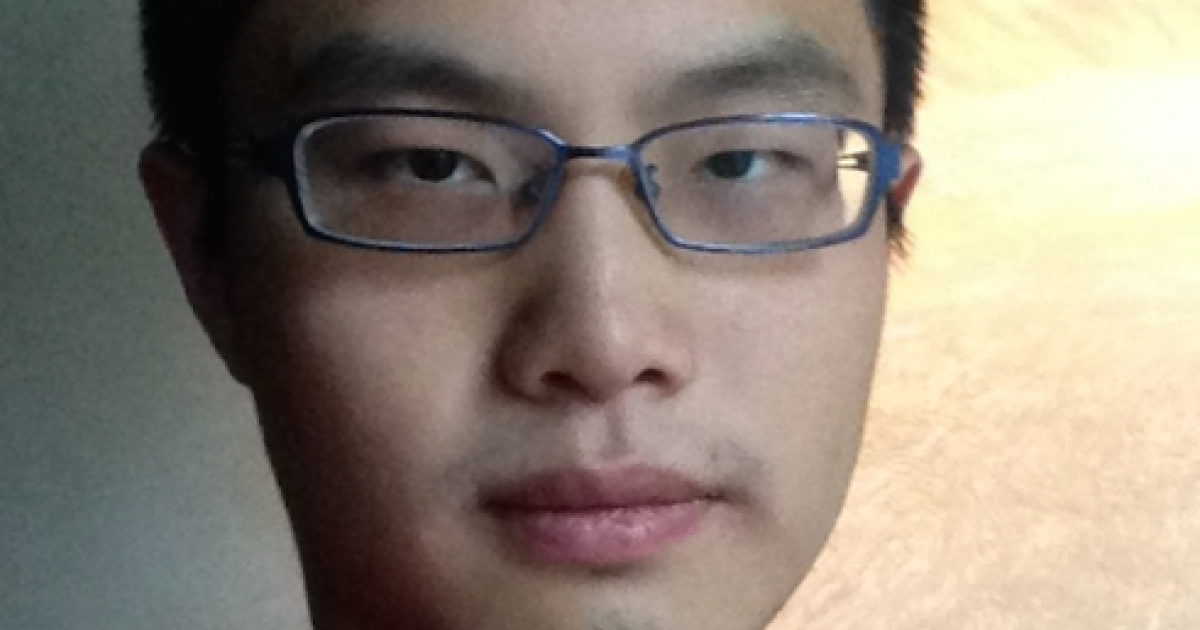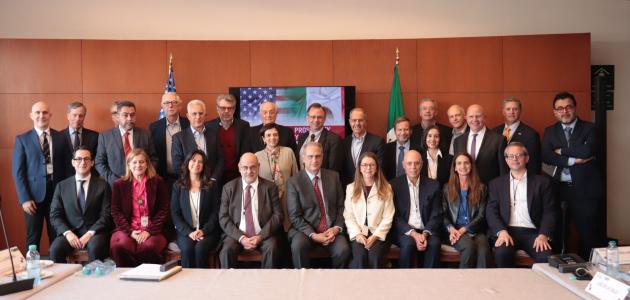My research is a comparative study of China’s two ethnic minorities, the Uyghurs in Xinjiang and the Hui, China’s another large Muslim minority group which has a high population density in northwestern China (e.g. Ningxia, Qinghai and Gansu provinces). Both are major officially designated Muslim minority groups in PRC, but in recent years Xinjiang has seen more ethnic tension, a common problem for many multiethnic countries. From a nation building perspective, ethnic tension is usually a symptom of the absence of a strong national identity. One key approach to successful formation of a national identity is cultural and even physical assimilation of minority groups into the dominant one. My research tries to explain why, compared with the Uyghurs in Xinjiang, the Hui Muslims, specifically those living in northwestern China, appear to be better assimilated, or Sinicized.
Descendants of Persian, Arab and Central Asian traders and immigrants, the Hui has become culturally and linguistically Chinese after centuries of interaction with the Han Chinese, and more or less physically Sinicized through generations of intermarriage. In Jonathan Lipman’s terms, the Hui Muslims in China today are “familiar strangers”; they are Chinese, except that they still hold onto their Islamic identity. In this sense, the Hui “only can be Hui in China,” a case similar to African Americans and French Jews. In contrast, due to geographical remoteness, the interaction between Xinjiang and Chinese heartland had been minimal until recently. Indeed, it was not until the late 19th century when the moribund Qing dynasty finally decided to “provincialize” this territory, making it subject to the direct control of a Chinese central state for the first time in Chinese history. Still speaking a Turkic dialect and boasting apparent Eurasian physical and cultural characteristics, the Uyghurs look more ethnically distinct from Chinese. It seems that more assimilation comes naturally with longer time of interaction.
However, based on my reading of Francis Fulton Liu (1977) and Chen Yongling’s account of the history of the Hui Muslims and Xinjiang (1933-44), and other related historical materials on this topic, I found that the better assimilation of the Hui we see today might not be a guaranteed historical outcome. Admittedly, the Hui in general had been better Sinicized than the Uyghurs by the 1860s when the Hui Muslim uprising broke out in China’s Northwest. But this historic event, which saw strong racial animosity between the Hui and the Han Chinese, and which directly set in motion the Uyghurs’ resistance to Sinicization in the years to come, was the start of a watershed historical process, through which the Hui had been “pulled” closer to China by 1949 while the Uyghurs had been “pushed” further away from becoming Chinese. While geographical location and the influence of geopolitics were undeniably important factors at work in this process, equal emphasis should be placed on the agency of local leaders. The Hui Muslim leaders who were co-opted by the Qing court during the uprising and their descendants who later became the Hui warlords in China’s Republic era, became gradually involved in the politics of China. Their motivation was strategic in nature, but the result was the deep integration of the Hui into the modern Chinese nation. Moreover, the fact that the Hui Muslims were ruled by Hui warlords, and that the local regimes ruled by those Muslim leaders were stable and strong enough to be independent of direct external intervention, served to improve the Hui-Han Chinese relations that was at its nadir by the 1860s.
This is in line with Jonathan Lipman’s judgement that partly due to the Hui Muslims’ own agency, the Hui became more integrated into the Chinese nation at a time China was the most politically disintegrated in modern time, i.e. the warlords era. But unlike a historical examination of the linear trajectory of the Hui identity formation, the real contribution of a comparison between the Hui and the Uyghurs is the comparative perspective through which we may be able to identify the real key variables/factors at work in some historical development that is seemingly inevitable. The Hui Muslims’ Sinicization could not be taken for granted, nor could the Uyghurs’ distinct ethnic identity. In the same period in which the Hui gravitated toward the new modern Chinese nation, if Xinjiang had less frequent regime change, was stable and strong enough to resist direct Russian influence, and was ruled by Uyghur leaders, it is possible that we might see totally different Uyghur-Chinese relations in today’s world.
The next step of my research will try to explore how the ethnic identity of the Hui Muslims in northwestern China evolved after the 1930s from a bottom-up perspective. It is the Hui warlords that chose a top-down sinicization path as they strategically got involved in the politics of Chinese heartland and forged a close tie with the KMT led by Chiang Kai-shek. Chiang visited northwestern China and met with the Hui warlords twice in 1934 and 1942 respectively. In his diary, Chiang laid out a detailed outline of his “Developing the West” plan and his thoughts about China’s multiethnic northwest. So it is important to examine how the identity of the Hui people on the ground evolved during this period, as Chiang’s government, the then legitimate central state of China, was working with the Hui warlords to develop this land of the Hui Muslims, a province that was then regarded as having been re-integrated into the Chinese nation.





